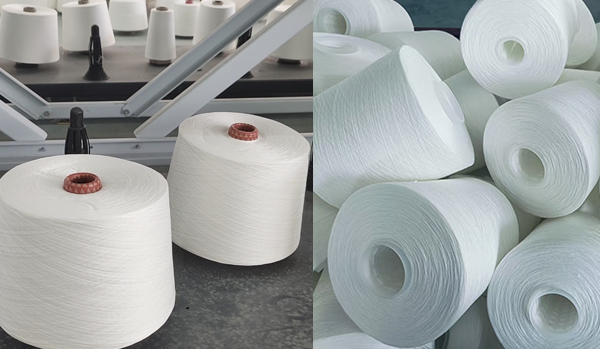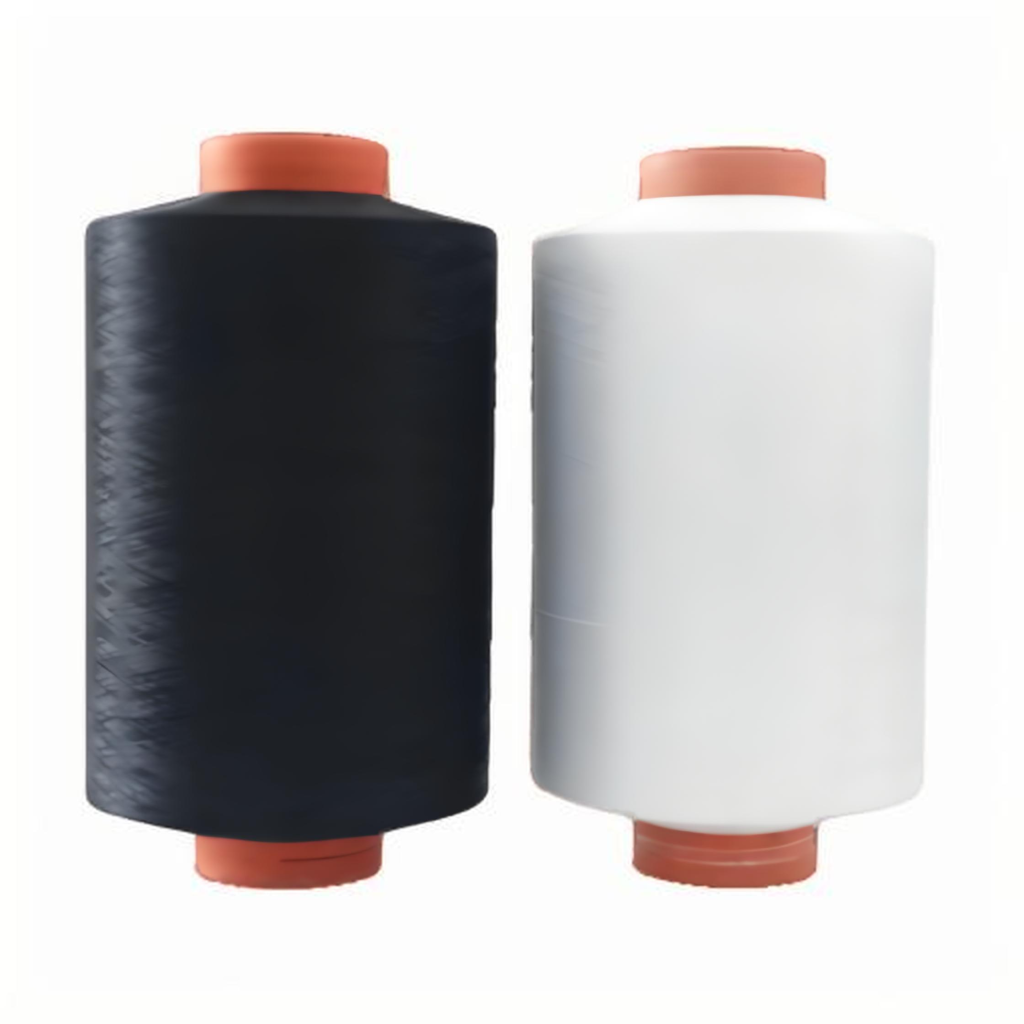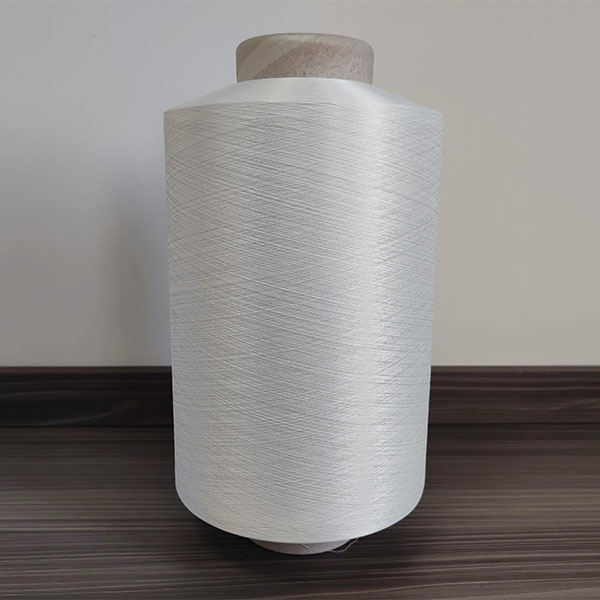Discover efficient sewing thread testing methods to ensure quality and durability. These methods help maintain high standards for all your sewing projects, whether for clothing, crafts, or industrial use.
Introduction: Understanding the Importance of Sewing Thread Testing
In the textile dan apparel industry, the reliability of a product often depends on the quality of the sewing thread used. From industrial garments to outdoor equipment dan fine fashion pieces, the role of the sewing thread is not merely to hold materials together, but to ensure durability, consistency, dan performance. To meet these demands, sewing thread testing methods play a vital role in manufacturing dan quality assurance.
Based on the Chinese national standard GB/T 6836-2007, this article explores the most essential sewing thread testing methods every manufacturer, quality controller, or textile researcher should be familiar with.
By understanding dan applying these testing standards correctly, manufacturers can not only comply with national regulations but also achieve higher customer satisfaction, reduce return rates, dan improve product reputation in both domestic dan international markets. The following sections detail key mechanical dan chemical tests, visual inspections, dan lab practices required to evaluate sewing threads comprehensively.
The Importance of Testing Sewing Threads for Quality Assurance
Testing sewing threads is crucial for identifying potential defects, ensuring product consistency, dan meeting both customer expectations dan regulatory standards. Threads are subjected to significant stress during stitching dan in the lifespan of the final product. Weak or subpar threads can result in seam failure, poor visual aesthetics, dan ultimately product recalls or customer dissatisfaction.
By adopting standardized sewing thread testing methods, manufacturers can gain better control over thread production variables such as fiber content, wax coatings, tension resistance, dan colorfastness. These procedures also provide documented data that supports quality claims dan certifications, which are essential in global textile trade.

Quality Requirements for Polyester Threads
Core Testing Methods for Sewing Threads Based on GB/T 6836-2007
The GB/T 6836-2007 standard outlines a comprehensive set of sewing thread testing methods that include mechanical, chemical, dan visual evaluations. These methods help determine whether a thread meets the necessary performance dan aesthetic standards for its intended use. The tests covered in this article include breaking strength, color fastness, thread density, moisture content, dan visual inspections, among others.
Each method is carried out under controlled conditions to ensure repeatability dan reliability. Below, we delve into each of these testing protocols dan explain their significance in the assessment process.
Breaking Strength Test According to GB/T 3916
Breaking strength is one of the most fundamental parameters measured in sewing thread testing methods. According to GB/T 3916, this test involves stretching the thread until it breaks using a tensile strength machine. The result is expressed in centinewtons (cN) or grams-force (gf), depending on the system used.
This test helps manufacturers ensure that the sewing thread can withstand the mechanical stress of stitching operations dan post-production use. Higher strength values indicate better resistance to tension dan potential seam failure. Different applications—such as automotive upholstery, military gear, or fashion garments—require specific strength standards.
Testing must be performed under standard atmospheric conditions (20°C ±2°C dan 65% ±2% relative humidity) to eliminate variable effects on material performance. The breaking strength test can also reveal inconsistencies in spinning, dyeing, or finishing processes.
Color Fastness Tests: GB/T 3920 dan GB/T 3921.3
Color fastness is critical in sewing threads, especially when used in visible seams or high-end fashion. The GB/T 3920 dan GB/T 3921.3 standards evaluate the thread’s ability to retain color under exposure to washing dan rubbing.
GB/T 3920 focuses on dry dan wet rubbing fastness. A piece of white cloth is rubbed against the dyed thread under controlled pressure dan conditions. Afterward, the white cloth is assessed using a grey scale to determine the amount of color transfer.
GB/T 3921.3 is a washing fastness test, which simulates domestic or commercial laundering. This is particularly important for threads used in home textiles dan apparel that require frequent cleaning. The thread is sewn into a fabric composite, then washed using standardized detergent dan evaluated for color fading or transfer.
Both of these sewing thread testing methods are essential to ensure aesthetic quality, customer satisfaction, dan compliance with eco-label requirements, particularly in exports.
Thread Density Measurement Based on GB/T 4743
Thread density, often measured in tex or denier, defines the linear mass of a sewing thread. According to GB/T 4743, the density is calculated by weighing a known length of thread dan expressing the result in tex (grams per 1,000 meters).
This test is vital in classifying thread thickness, selecting appropriate needle sizes, dan matching threads to specific fabric weights. Uniform density ensures even stitches dan reduces the risk of tension variation during sewing.
Moreover, deviations in density can affect strength, elasticity, dan final product appearance. Thus, this is one of the sewing thread testing methods that influences both functional dan visual aspects of textile production.
Evaluating Tension, Moisture Content, dan Knot Characteristics
Tension control is critical in both thread production dan sewing operations. Threads that exhibit inconsistent tension can lead to seam puckering or skipped stitches. Testing thread elongation under tension provides insight into elasticity dan performance under stress.
Moisture content is also evaluated using drying methods. Excess moisture may lead to fungal growth or deterioration during storage, while too little moisture can cause brittleness. A balanced moisture level is essential for maintaining thread pliability dan strength.
Knot dan splice evaluation is another part of comprehensive sewing thread testing methods. Too many knots per meter can interfere with machine sewing, reduce visual appeal, dan compromise seam integrity. Threads should be spooled with minimal knots dan properly fused splices.
These tests contribute to overall product quality dan help detect issues such as over-twisting, uneven winding, or poor finishing during production.
Visual Inspection Standards to Identify Surface dan Structural Defects
While mechanical dan chemical tests are essential, visual inspection remains an irreplaceable aspect of sewing thread testing methods. According to GB/T 6836-2007, threads must be examined under adequate lighting conditions dan magnification to identify physical defects.
Visual inspection focuses on surface smoothness, uniform color, presence of lint, slubs, or broken filaments. Consistency in color dan structure is especially critical when the thread is visible on the final product. Inspectors look for signs of dyeing irregularities, coating issues, or foreign matter inclusion.
This form of testing allows for rapid sorting dan quality categorization, especially in bulk production environments. It is often used as a final check before packaging dan shipment, making it an indispensable part of the quality control process.
Setting Up an Efficient In-House Testing Lab for Sewing Threads
Establishing an in-house laboratory for sewing thread testing methods ensures faster feedback loops dan greater control over production quality. A well-equipped lab should include tensile testing machines, color fastness testing equipment, moisture analyzers, dan precision weighing scales.
In-house labs also allow for real-time data collection dan quicker troubleshooting of production faults. Moreover, they enable manufacturers to conduct pre-shipment inspections, supplier audits, dan R&D for new thread types.
To set up an efficient lab, manufacturers should follow GB/T standards, train personnel in proper sampling techniques, dan maintain calibration records for all equipment. Investing in such a facility not only enhances product reliability but also boosts brand credibility in competitive markets.
Sewing Thread Testing Methods FAQ
Why are sewing thread testing methods important?
Sewing thread testing methods are crucial to ensure the quality, strength, and durability of threads used in various applications. These tests help in selecting the right thread for specific projects, ensuring reliable results and long-lasting seams.
What are the common sewing thread testing methods?
Common sewing thread testing methods include tensile strength testing, elongation testing, abrasion resistance testing, and shrinkage testing. These methods evaluate different properties of the thread to ensure it meets required standards.
How often should sewing threads be tested?
The frequency of testing depends on the usage and application of the threads. It is generally recommended to test threads regularly, especially when used for industrial purposes or when working with new batches to ensure consistent quality.
Can sewing thread testing methods be done at home?
Some basic tests, like checking thread strength by pulling or assessing shrinkage by washing, can be done at home. However, for accurate and comprehensive results, professional testing equipment and laboratories are recommended.
Are there international standards for sewing thread testing?
Yes, there are international standards for sewing thread testing, such as those from ASTM (American Society for Testing and Materials) and ISO (International Organization for Standardization). These standards provide guidelines for conducting tests and evaluating results.

sewing thread testing methods
The role of sewing thread testing methods in ensuring product quality, reliability, dan market acceptance cannot be overstated. As sewing threads become increasingly technical dan application-specific, thorough testing becomes not just a regulatory obligation but a strategic advantage.
From breaking strength to colorfastness, moisture content to visual inspection, each test outlined in GB/T 6836-2007 serves a unique dan indispensable role in characterizing thread performance. By understanding these parameters, manufacturers can produce threads that meet stringent domestic dan international requirements while also addressing the unique demands of end users.
Equipping your production line with proper sewing thread testing methods ensures consistency, improves customer trust, dan reduces costly returns or complaints. As the textile industry continues to innovate, investing in comprehensive thread testing will remain a cornerstone of sustainable dan high-quality production. Whether you’re a seasoned manufacturer or new to textile production, mastering these testing techniques will put you ahead in both performance dan professionalism.
Berita Sebelumnya
Understanding Polyester Sewing Thread Standards...Berita Berikutnya
Cotton Sewing Thread Quality: What GB/T 6836-20...
Oleh Benang
Produk Fitur
-
 Benang Poliester DTY 100D / 144F
Benang Poliester DTY 100D / 144FBenang Poliester DTY 100D/144F: Panduan Utama untuk ...
-
 Benang Poliester DTY 100D / 96F
Benang Poliester DTY 100D / 96FBenang Poliester DTY 100D/96F: Benang Poliester yang Lembut dan Stabil ...
-
 Benang Poliester DTY 75D / 144F SIM
Benang Poliester DTY 75D / 144F SIMBenang Poliester DTY 75D/144F SIM: Pilihan Utama untuk ...